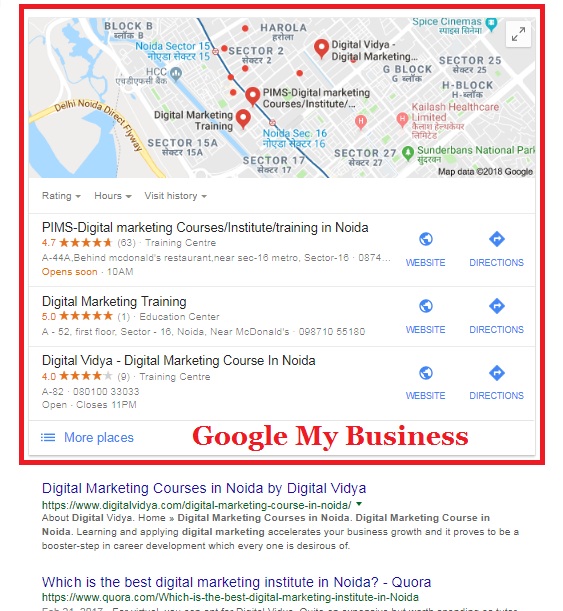What is Garbage Collection in Java?
Java garbage collection is the method by that Java programs accomplishes automatic memory management. Java programs compile to bytecode which will be run on a Java Virtual Machine. Once Java programs run on the JVM, objects are created on the heap, which is a share of memory dedicated to the program. Ultimately, some objects cannot be required. The garbage collector finds these unused objects and deletes them to liberate memory.

When there are not any references to an object, it is assumed to be now not required, Also, the memory, obtained by the purpose can be rescued. There is no specific necessity to destroy an object as Java handles the de-allocation by itself.
The technique that accomplishes this is often called Garbage Collection. Programs that don’t de-allocate memory will eventually crash once there’s no memory left within the system to assign. These programs are said to have memory escapes.
Why we perform Garbage Collection in Java?
The purpose of garbage collection is to spot and discard objects that are not any longer required by a program, so their resources are saved and reused. A Java object is a focus to garbage collection once it becomes inaccessible to the program within which it’s used.
How Java Garbage Collection Works?
Many people assume garbage collection collects and discards dead objects. But, in Java garbage collection is doing the differing! Live objects are followed and everything else chosen garbage. As you will see, this basic misunderstanding will result in several performance issues.
Let's begin with the heap that is that the space of memory used for dynamic allocation. In most configurations, the package allocates the heap in before to be managed by the JVM whereas the program is running.
This includes several important complications:
• Object creation is quicker as a result of world synchronization with the package isn’t required for every single object. An allocation claims some area of a memory array and transfers the offset pointer forward. The next assignment starts at this offset and requests the next portion of the array.
• When an object is not any longer used, the garbage collector retrieves the underlying memory and recycles it for future object allocation. This implies there is no specific deletion and no memory is given back to the operating system.
All objects are allotted on the heap area managed by the JVM. Every item that the uses by the developer is treated in this manner, organized with class objects, variables, and even the code itself. If an object is being documented, the JVM considers it active. Once an object is no longer documented and therefore is not approachable by the application code, the garbage collector removes it and retrieves the unused memory.
Garbage Collection Example in Java:
public class Example1{
public static void main(String args[]){
/* Here we are purposely assigning a nullvalue to a reference*/
Example1 obj=new Example1();
obj=null;
/* Here we are purposely assigning reference a to another reference b*/
Example1a = new Example1();
Example1b = new Example1();
b = a;
System.gc(); /* representing garbage collection by calling this*/
}
protected void finalize() throws Throwable
{
System.out.println("Garbage collection is performed by JVM");
}
}
Output:
Garbage collection is performed by JVM
Garbage collection is performed by JVM
In this example, we are representing the garbage collection
by calling System.gc(). During this example, we have overridden a finalize() method. This method is invoked directly
before an object is destroyed by java garbage collection method. This is often the
motive you would see within the output that this technique has been invoked double.















